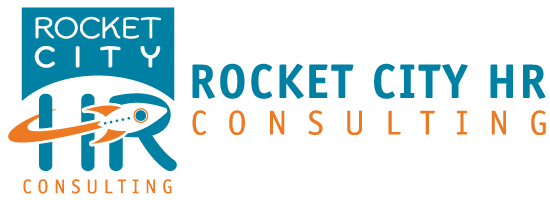Women’s Equality Day, which is recognized on August 26 each year, was introduced by Congress in 1971 to recognize the importance of the women’s suffrage movement as well as today’s continued efforts for equality. These efforts include fighting the wage gap between male and female employees, which was reported by Census.gov to still be significant. In fact, the Bureau of Labor Statistics’ 2020 data reported that female employees were earning 83 cents for each dollar that male employees were earning, which worsens once you start segmenting the different employee groups by age.
As a result, employers have both a moral obligation to make efforts to curb any inequalities as well as a legal obligation thanks to the Equal Pay Act, Title VII of the Civil Rights Act, and many burgeoning state laws on the subject. There are many methods that employers can utilize to improve equality in their workforce, but the most common is to implement diverse recruitment strategies, conduct a compensation analysis, and establish a compensation strategy for going forward.
- Implement Diverse Recruitment Strategies. Oftentimes, an employer’s excuse for uneven representation in its workforce is that there just were not enough qualified diverse candidates who had applied for the position. However, these employers often have not taken the time to adequately examine their recruiting strategies to identify any gaps or opportunities to increase their reach to more diverse talent pools. To do so, you may want to consider posting to specialized websites and organizations, such as Women for Hire, DiversityJobs, Black Career Women’s Network, or many others. Another potential gap to look for is in your job posting itself. Intricate details, such as whether you use a simple EEO (Equal Employment Opportunity) statement or an inclusive description of why your company embraces diversity in hiring; the wording and tone used to describe the type of candidate you want; or whether the listed qualifications are true “must-haves” can have a significant effect on the types of candidates who actually follow through and apply with your company.
- Conduct a Compensation Analysis. Sometimes, even with our best efforts, compensation inequities present themselves through such actions as granting higher pay due to an employee’s superior negotiation skills, inconsistent spot raises, or even position transfers where compensation was not adjusted to the current position. However, where there is a recognized weakness, there should also be mitigating efforts, which is where compensation analyses come in as they not only identify pay discrepancies but also identify current market rates so that you can remain competitive for top talent. By conducting an internal compensation analysis at least annually, you keep a better eye on the discrepancies in order to correct the balance quickly, without the discrepancy growing so large that it takes years to correct within the budget. Of course, to ensure that you do not overlook an employee’s higher positioning, due to advanced qualifications or more years of service, it is similarly important to also implement a formal compensation strategy.
- Establish a Compensation Strategy. While internal compensation analyses are incredibly important to maintaining pay equity for your employees, you will not get terribly far without an established compensation strategy. A compensation strategy can be used to develop pay ranges with identified levels to match an employee’s advanced qualifications or experience and help to provide more efficiency in creating offers for candidates. It also helps you include any market or merit raises into your budget, making it easier to forecast your personnel expenses. Finally, a compensation strategy makes your compensation analyses much easier as you will now have specific ranges to green or red circle any outlying pay rates in order to develop a plan for correcting the balance.
By Rebecca Tipton, SHRM-SCP







